Protecting Your Designs: A Guide to Intellectual Property (IP) When Working with a China-Based Manufacturer
To protect your eyewear designs in China, you must adopt a three-part strategy: 1) Proactively file for Chinese design patents and trademarks before any public disclosure. 2) Replace standard NDAs with China-enforceable NNN (Non-Disclosure, Non-Use, Non-Circumvention) agreements. 3) Conduct rigorous due diligence on your manufacturing partner, including their own IP practices and security protocols. This approach creates a legal shield that is enforceable in Chinese courts and customs.
The Strategic Imperative: China’s Unique IP Landscape
Foundational Realities of the Chinese IP System
You must accept that China’s IP framework operates on principles that directly challenge Western assumptions. The system prioritizes formal registration over prior use or creation. This means your most powerful defense is a proactive filing strategy, not a record of when you designed the product. The Chinese National Intellectual Property Administration (CNIPA) processes over 700,000 design patent applications a year, showing that sophisticated brands treat formal IP registration as a non-negotiable cost of doing business.
The Principle of Territoriality
Critical Warning: Your existing U.S., E.U., or other international patents provide zero legal protection in China. The assertion is that China operates under strict territorial jurisdiction. The rationale is that intellectual property rights are only enforceable in the jurisdiction where they are granted. This means you must file directly in China to prevent any local entity from legally copying, manufacturing, and selling your designs within China’s borders.
For Example: A luxury brand with European design patents discovered its own manufacturer selling identical frames under a different brand name inside China. Their European patents offered no legal recourse under Chinese law, turning their manufacturing partner into a state-sanctioned competitor.
The “First-to-File” Mandate
You must operate under a “first-to-file” mandate. This is because China’s patent system awards rights to the first party to file an application, not the original creator. This dynamic enables patent squatting, where third parties monitor global product launches to file Chinese patents on unprotected designs, giving them the power to block your production or extort licensing fees for your own IP.
Best Practice: File your Chinese design patent application before any public disclosure. This includes trade shows, social media posts, or even supplier presentations without an ironclad NNN agreement in place.
The Business Cost of Inaction
Failing to secure your IP in China creates financial risks far beyond simple copying. Chinese customs authorities actively enforce registered IP, which can disrupt your entire supply chain. If a squatter registers your design, they can record it with customs and authorize the seizure of your own products at the border, creating massive delays and financial penalties.
Key Metric: Legal costs for post-infringement disputes in China average $50,000-$200,000 per case. In contrast, proactively filing a design patent costs between $3,000-$8,000. The financial case is self-evident.
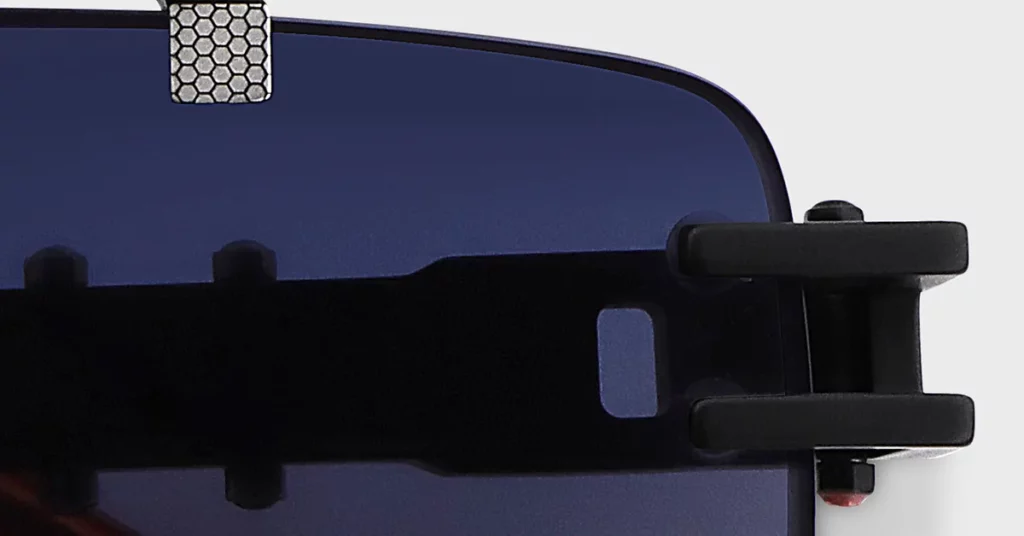
Debunking Costly Myths Before Engagement
The NDA Fallacy
A standard Non-Disclosure Agreement (NDA) provides minimal protection in China. The core problem is jurisdiction; NDAs drafted under U.S. or E.U. law are nearly impossible to enforce in Chinese courts, which require contracts to be governed by Chinese law and written in Chinese. Standard NDAs also lack critical manufacturing-specific protections.
The Bottom Line: You must replace your standard NDA with a China-specific NNN (Non-Disclosure, Non-Use, Non-Circumvention) agreement. This specialized contract is designed for enforceability in China and includes financial penalties that create a real deterrent.
The Limits of Copyright
Do not rely on copyright to protect the 3D shape of your eyewear frames. The assertion is that copyright offers weak protection for product shapes in China. The rationale is that Chinese courts require “exceptional artistic merit” for 3D objects, a standard that functional items like eyewear rarely meet.
Pro Tip: Use copyright registration as a supplementary layer for specific artistic elements like unique engravings or patterns on the frame. Your primary protection for the overall frame shape must be a design patent.
The Illusion of Trust
A manufacturer’s reputation and a handshake agreement are operationally and legally meaningless for IP protection. Even the best factories face internal risks from employee turnover, relationships with subcontractors, and the simple reality that they work with your competitors. Your designs can be compromised by a departing employee or inadvertently shared between client projects.
A reputable manufacturer understands this. They will welcome your demand for formal IP registrations and China-enforceable contracts because it clarifies liability and demonstrates your own operational sophistication.
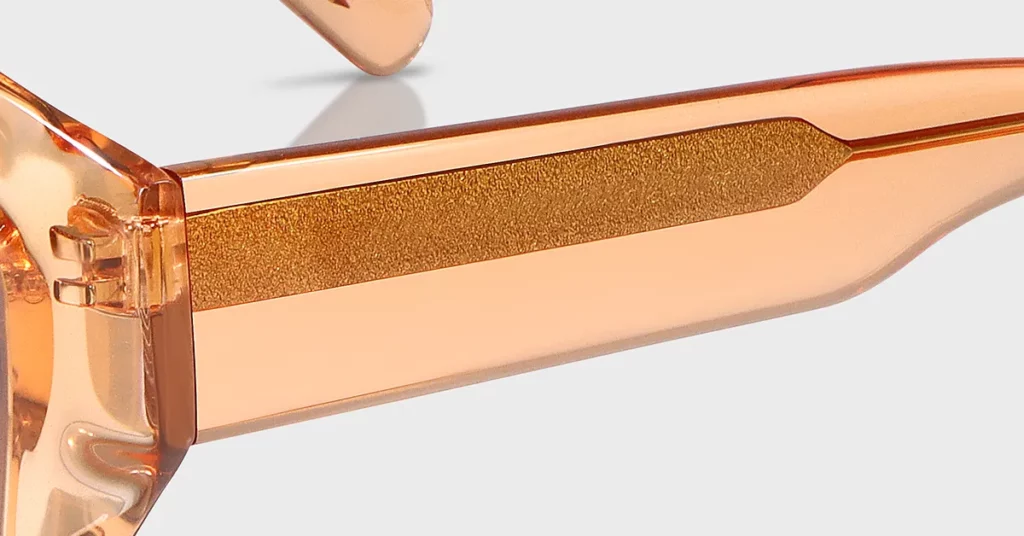
Building Your Proactive Legal Shield in China
Mastering the China Design Patent
Your design patent is the most powerful tool for protecting the aesthetic appearance of your eyewear in China. It protects the ornamental look of a functional product, making it ideal for frames, temples, and other signature visual elements. Chinese design patents offer broader protection than U.S. equivalents, covering the overall visual impression and making it harder for competitors to make minor changes to evade infringement.
Defining Scope: What a Design Patent Protects
A Chinese design patent protects the visual appearance of your product as perceived by an ordinary consumer.
- Frame geometry: Overall shape, proportions, and dimensions.
- Surface features: Textures, patterns, and material finishes.
- Component design: Unique temple shapes, bridge configurations, or hinge details.
- Color combinations: Only when specified as an essential design element.
Critical Warning: Design patents do not protect functional features or mechanical operations. That is the role of utility model or invention patents. Protection is focused exclusively on the aesthetic and ornamental aspects.
The Absolute Novelty Requirement
China’s patent system demands absolute novelty. This means your design must not have been disclosed anywhere in the world before your Chinese filing date. Any public disclosure can destroy the novelty needed for a valid patent.
Public disclosure includes:
- Trade show exhibitions
- Social media posts showing the design
- Product catalogs and websites
- Sales to any customer or distributor
- Presentations to manufacturers without a signed NNN agreement
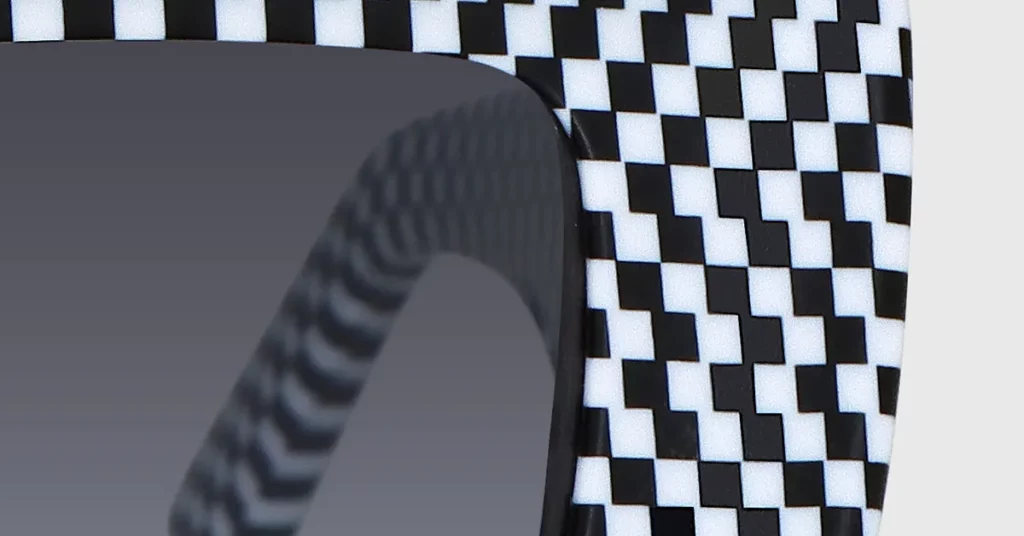
The CNIPA Application Process: Drawing Checklist
CNIPA requires a specific set of technical drawings. The quality of these drawings defines the scope of your protection.
- Front view
- Rear view
- Left and right side views
- Top and bottom views
- Perspective view (3D representation)
Technical Requirements: All drawings must be black and white line drawings with no shading, clear representation of all features, and consistent scale.
Strategic Enhancements: 15-Year Term & Partial Patents
Chinese design patents now have a 15-year protection term, offering significant commercial value for successful designs. You can also file for partial design patents, which protect specific components rather than the entire product.
Pro Tip: File a comprehensive design patent for the complete frame and partial design patents for your most distinctive elements, like a unique temple tip or hinge design. This layered approach creates a broader defensive wall against copycats.
Fortifying Your Brand Identity with Chinese Trademarks
Trademark protection in China also operates on a first-to-file system, making speed and strategic foresight essential. You must protect your brand name and logos to prevent squatters from holding your brand hostage in the world’s largest consumer market.
The Dual Registration Strategy
You must register both your Roman alphabet brand name and a carefully selected Chinese-character version. This is because local squatters often register phonetic transliterations or conceptual translations of Western brands to create confusion or block your market entry.
| Registration Type | Example for brand “Clarity” | Strategic Purpose |
| Roman Alphabet Mark | Clarity | Protects your primary global brand identity. |
| Chinese Transliteration | 克拉瑞蒂 (Kè lā ruì dì) | Protects the phonetic sound of your brand. |
| Chinese Meaning Mark | 清晰 (Qīngxī) | Protects the conceptual meaning (“clear”) of your brand. |
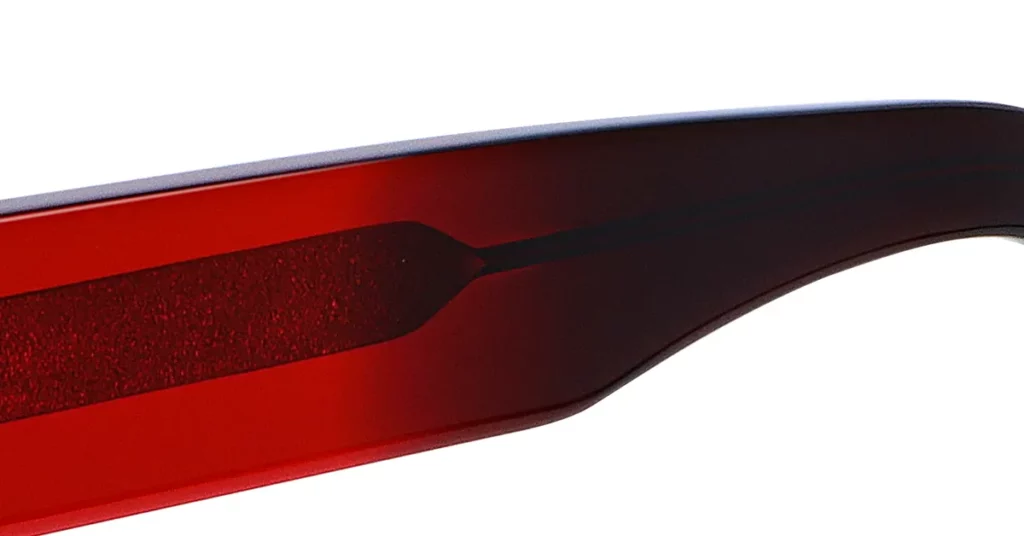
Navigating the Class and Sub-Class System
China uses the Nice Classification system, but its application of sub-classes is more restrictive than in other jurisdictions. You must file defensively across multiple classes to achieve comprehensive protection.
| Class | Coverage | Strategic Importance |
| Class 9 | Eyeglasses, sunglasses, optical equipment | Core product protection. |
| Class 18 | Eyewear cases, carrying bags | Essential accessory protection. |
| Class 35 | Retail services, advertising | Protects your commercial operations. |
| Class 42 | Design services, optical testing | Defensive filing for professional services. |
Using Copyright Registration as a Tactical Supplement
Creating an Evidentiary Record with the CPCC
You can voluntarily register your copyrights with the China Copyright Protection Center (CPCC). The assertion is that this registration creates a powerful evidentiary tool. The rationale is that the CPCC certificate provides formal, government-recognized proof of your ownership and creation date, which is invaluable in a dispute.
Best Practice: Register copyrights for artistic elements like patterns, logos, marketing materials, and product photography at the same time you file your design patents.
Utility in Enforcement on E-Commerce Platforms
A key benefit of copyright registration is its utility in enforcement. Chinese e-commerce platforms like Alibaba and Tmall have rapid takedown procedures for registered copyright holders. A CPCC certificate allows you to remove infringing product listings much faster than is possible using a design patent.
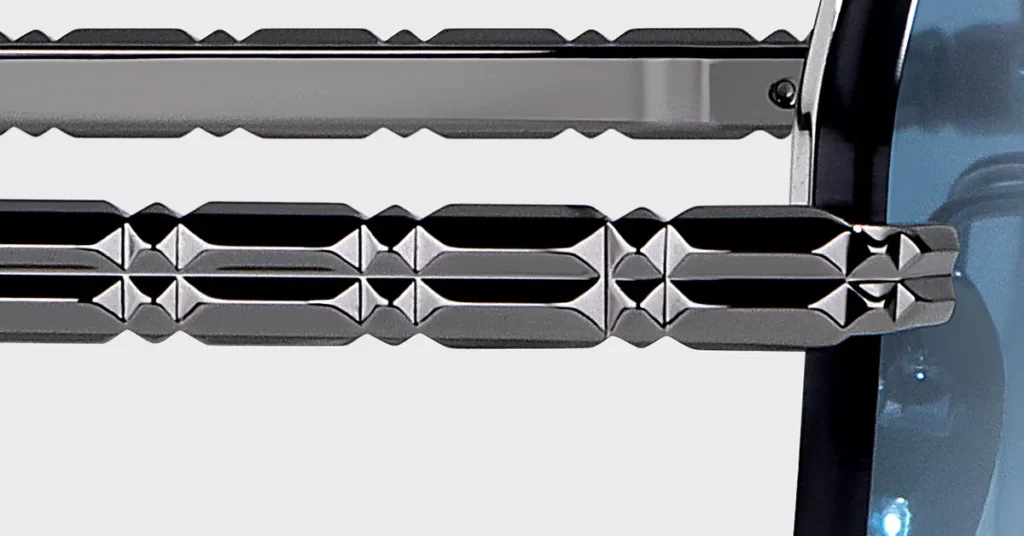
The Contractual Fortress: Engineering China-Enforceable Agreements
The NNN Agreement: The Gold Standard
The NNN (Non-Disclosure, Non-Use, Non-Circumvention) agreement is the only acceptable contract for pre-engagement dialogue with a Chinese manufacturer. It is specifically engineered to address the real-world risks of a Chinese factory using your designs for other clients, producing them for themselves, or cutting you out of the supply chain to work directly with your customers.
| Clause | Purpose | Business Rationale |
| Non-Disclosure | Prevents the manufacturer from sharing your IP and business data. | Protects your technical specifications, designs, and customer lists from leaking to competitors. |
| Non-Use | Prohibits the manufacturer from using your IP for any other purpose. | Stops the factory from using your unique design elements in products for other brands. |
| Non-Circumvention | Prevents the factory from contacting your customers or suppliers directly. | Secures your business relationships and prevents your manufacturing partner from becoming a competitor. |
The Three Pillars of Enforceability
For any contract to be enforceable in China, it must contain three elements. Failure to include these renders your agreement effectively useless.
- Chinese Language: An authoritative Chinese language version must exist.
- Chinese Law: The contract must explicitly state it is governed by the laws of the P.R.C.
- Chinese Court Jurisdiction: The contract must name a specific, competent Chinese court for dispute resolution.
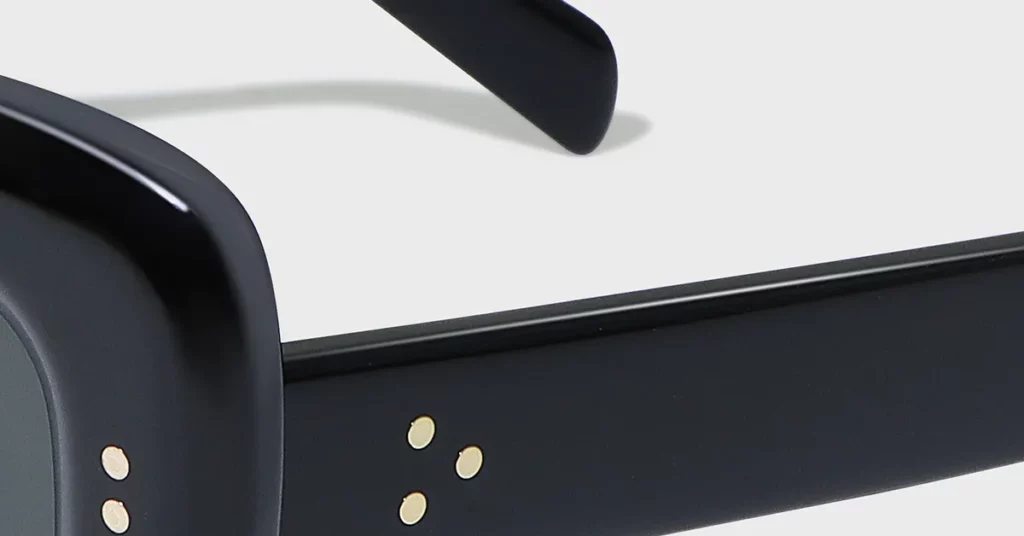
The Power of Liquidated Damages
Liquidated damages are pre-defined financial penalties for specific contract breaches. The assertion is that these clauses are a powerful financial deterrent. The rationale is that they eliminate the need to prove actual financial harm in court, which is difficult and expensive. Chinese courts readily enforce reasonable liquidated damages.
| Violation Type | Sample Penalty Amount | Business Rationale |
| Unauthorized IP disclosure | $50,000–$100,000 per incident | Covers potential market damage and competitive harm. |
| Unauthorized use of designs | $100,000–$500,000 | Reflects the commercial value of the IP. |
| Circumvention | 2-5x annual contract value | Removes the financial incentive for the factory to steal your customers. |
Critical Warning: Penalties must be reasonable and proportional. Outrageous sums will be seen as punitive and may be voided by a court.
Essential Clauses for Manufacturing Agreements
Unambiguous IP Ownership
Your manufacturing agreement must state that you retain 100% ownership of all IP rights, including any modifications or improvements made by the factory during production. Without this, Chinese law may grant ownership of those improvements to the manufacturer.
“Brand retains exclusive ownership of all intellectual property rights in the Products… Any improvements, modifications, or derivative works created by Manufacturer in connection with the Products shall be deemed works made for hire and shall vest exclusively in Brand upon creation.”
Mold and Tooling Control
Your molds and tooling are physical assets that enable unlimited, perfect replication of your designs. You must contractually establish your right to inspect, reclaim, or verifiably destroy this tooling upon termination of the agreement. Never allow a factory to claim ownership or control over tooling you paid for.
Downstream Accountability for Subcontractors
You must hold your primary manufacturer fully liable for the actions of their subcontractors. Your contract should require the manufacturer to get your approval for any subcontractors and to “flow down” your IP protection terms to them, creating a single, clear point of accountability.

Vetting for Trust: A B2B Framework
Initial Vetting: Due Diligence Beyond the Sample Room
- Verify Business Credentials: Use China’s public business registration systems to confirm the manufacturer’s exact legal name, business scope, and registered address. Never contract with an entity whose legal name you haven’t verified.
- Search for Prior Litigation: Query Chinese court databases for a history of IP disputes involving the potential partner. A pattern of litigation is a major red flag indicating systemic management failures.
- Assess Their Own IP Practices: A manufacturer that protects its own innovations with patents and trademarks understands the value of IP and is more likely to respect yours. Ask to see their IP management policies.
On-Site and Procedural Audits for IP Security
Assessing Physical and Digital Security
You must audit the factory’s security protocols. This means evaluating physical access controls for design rooms and mold storage, as well as digital security for your CAD files.
| Security Element | Evaluation Criteria | Risk Mitigation |
| File Encryption | AES-256 encryption for data at rest. | Prevents unauthorized file access if servers are breached. |
| Access Logging | Detailed logs of who accessed which files and when. | Enables forensic investigation of a breach. |
| Network Security | Firewalls, mandatory VPN for remote access. | Prevents external attacks and data exfiltration. |
| Physical Security | Locked, monitored rooms for mold storage. | Prevents theft of the physical tools needed for production. |
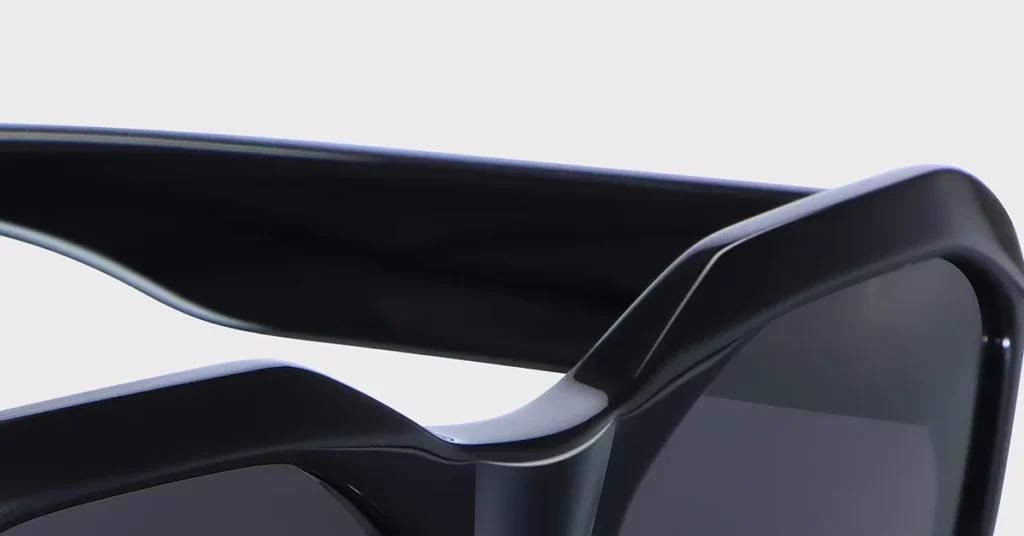
Reviewing Employee Protocols
The human factor is often the weakest link. Inquire about confidentiality training for staff, whether key employees sign non-compete agreements, and what the staff turnover rate is.
Key Metric: An annual turnover rate above 25% in design or engineering roles is a significant warning sign. It suggests instability that increases the risk of your IP walking out the door with a departing employee.
A Practical Checklist: Key IP Questions for Potential Partners
1. “How do you document and control the chain of custody for client designs and molds?“
A strong answer will detail formal intake procedures, tracking systems, secure storage protocols, and a clear process for returning or destroying your assets at the end of a project. A vague answer signals a lack of professional systems.
2. “What is your documented process for handling a suspected IP breach within your facility?“
A sophisticated partner will have a formal incident response plan that includes immediate client notification, investigation protocols, and remediation measures. A hesitant answer means they have no plan.
3. “Can you provide verifiable references from other international brands of a similar caliber?“
Demand references and ask them specifically about their experience with the manufacturer’s IP security and trustworthiness. A refusal to provide references is one of the biggest red flags you can encounter.
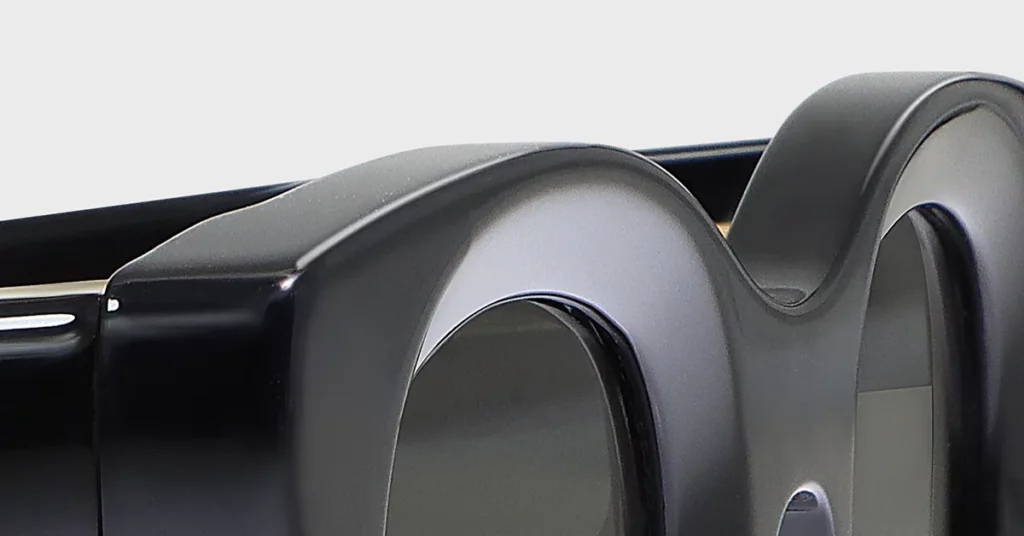
Enforcement and Redress: A Practical Guide
Initial Steps and Proactive Defense
The Formal Cease and Desist Letter
The first step in any dispute is a formal cease and desist letter drafted by Chinese legal counsel. This letter, written in Chinese, demonstrates your legal intent, puts the infringer on formal notice, and is often enough to achieve compliance without litigation.
Proactive Customs Registration
You must record your Chinese patents and trademarks with the General Administration of Customs (GAC). This empowers customs officials to proactively seize infringing goods at the border during import or export, effectively disrupting the infringer’s business at a critical choke point.
Administrative and Online Platform Enforcement
E-Commerce Takedowns
Your Chinese IP registrations are essential for cleaning up online marketplaces. Major platforms have well-established systems for removing infringing listings quickly once you provide proof of your registered rights.
| Platform | Typical Takedown Timeline | Key Evidence Requirement |
| Alibaba | 1-3 business days | IP registration certificates and product comparison. |
| Tmall | 24-48 hours | Design patent registrations are highly effective. |
| Taobao | 1-2 business days | Copyright certificates are useful for rapid takedowns. |
Formal Legal Action in China
Litigation in Specialized IP Courts
China has established specialized IP courts in major cities like Beijing, Shanghai, and Guangzhou. These courts have judges with technical expertise and are far more effective for IP cases than general commercial courts. Success rates for foreign brands with well-documented cases are high.
The Strategic Goal of an Injunction
In litigation, your primary goal is often an injunction. This is a court order that forces the infringing party to immediately halt all production and sales. An injunction provides immediate market protection and creates immense pressure on the infringer to settle on terms favorable to you.
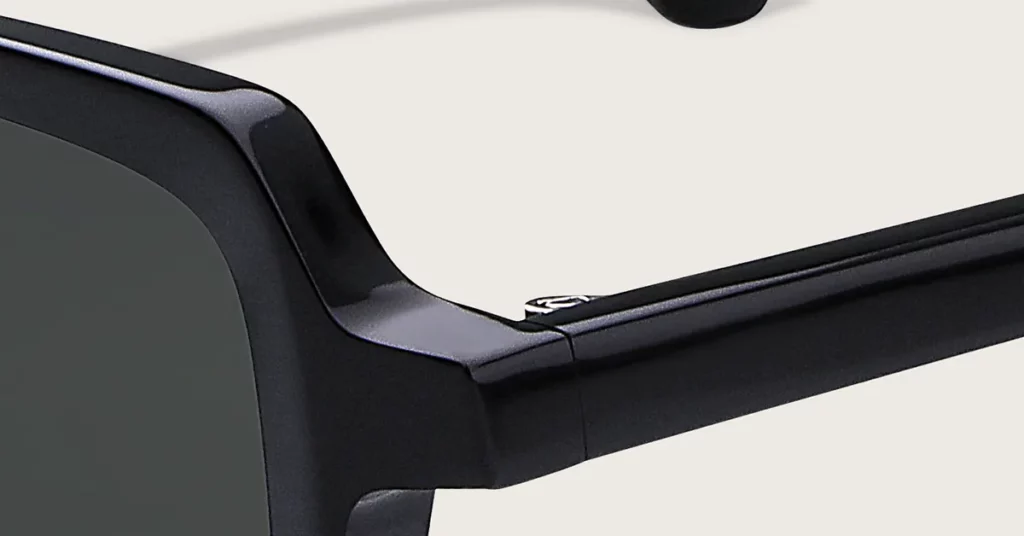
Conclusion
Securing your eyewear designs in China is an exercise in strategic diligence, not blind trust. The process requires a multi-layered defense built on pre-emptive IP registration, ironclad China-specific legal agreements, and rigorous partner vetting. Design patents are your foundation, NNN agreements are your fortress walls, and a manufacturer’s commitment to security is the ultimate test of their value. Investing in this protection is the only way to build secure, transparent, and profitable manufacturing partnerships. Contact our team to develop a customized IP strategy that safeguards your most valuable design assets.
Frequently Asked Questions
1. What is the practical difference between a China design patent and a utility model patent for an eyewear product?
A design patent protects the ornamental appearance (the look) of an eyewear frame. A utility model patent protects a new functional improvement (the way it works), like a novel hinge mechanism. For most eyewear brands, aesthetic protection via a design patent is the most critical.
2. If I sign a Chinese-language NNN, how do I enforce it from my home country?
You enforce it through Chinese legal counsel who will act on your behalf in the designated Chinese court. You do not need to be physically present in China to initiate proceedings. The NNN agreement’s power comes from its direct enforceability within the Chinese legal system where your manufacturer operates.
3. My design has color/material variations. Do I need a separate patent for each?
Not always. You can include multiple variations (embodiments) in a single design patent application if they share the same core design concept. However, if a material change significantly alters the overall visual appearance, a separate filing is the safer strategic choice for ensuring complete protection.
4. How can I protect designs if I only work with a sourcing agent?
This is a high-risk scenario. You must demand full transparency from your agent about the identity of the end-factory. The only way to truly protect your IP is to have direct, enforceable contracts (like an NNN) with the actual manufacturer handling your designs and tooling.
5. What new IP challenges come with 3D-printed and smart eyewear?
3D printing accelerates the speed at which designs can be stolen and replicated, demanding even faster pre-emptive patent filings. Smart eyewear introduces software and electronics, requiring a more complex IP strategy that includes utility patents for technology and copyright for software code, in addition to design patents for the hardware’s appearance.